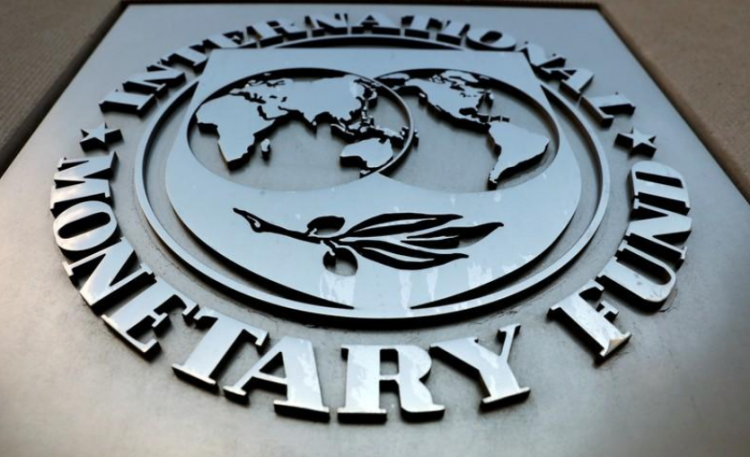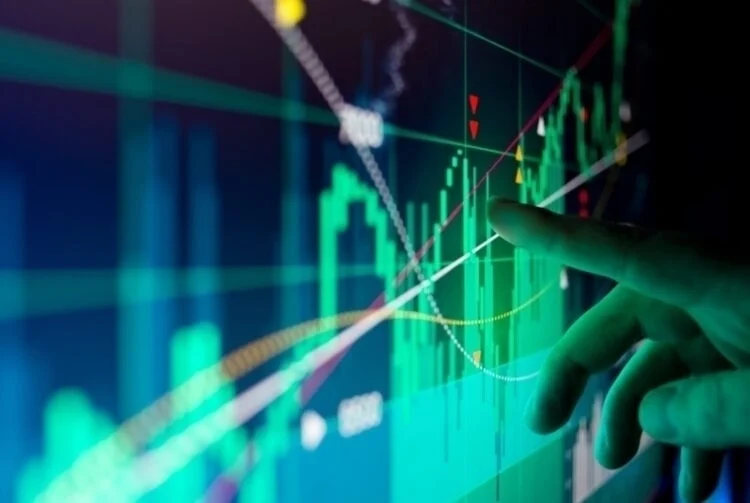Publisher: Maaal International Media Company
License: 465734
IMF: High interest rates are a necessary pain point for inflation
اقرأ المزيد
Sandile Hlatshwayo, an economist from the International Monetary Fund, said in a video published by the Fund’s page on the X website, that interest rates indicate the cost of borrowing money, and are calculated in various borrowing operations such as a student loan, using a credit card, or a mortgage loan to buy homes.
According to CNN, Hlatshwayo explained that “although there are many different types of interest rates, the most important tool for moving interest rates is the interest rate set by the central bank of a country.”
As its name suggests, a central bank is considered the “big bank” among ordinary banks, and the interest rate set by the central bank determines how much it costs banks to borrow money, which in turn determines what ordinary banks charge everyone else to borrow from them.
According to Hlatshwayo, when interest rates are low, the cost of borrowing money is cheap for banks, so they charge households, businesses and governments lower interest rates, which affects many aspects of the economy.
Lower interest rates mean the lower cost of borrowing money or lower payments on existing loans, such as variable-rate mortgages, and this leads to more spending, more investment, and more demand. As a result, an increase in overall economic activity can occur.
Sometimes, the balance between supply and demand for goods and services in the economy can become imbalanced, as happened over the past year, as the shortage of supply of all goods, from cars to semiconductors to delivery workers, collided with a high level of demand. When demand rises, it is met with a lower supply than Should, this causes prices to rise, central banks cannot address the lack of supply in the short term, but by changing the interest rate, they can have a significant impact on demand.
Sandile Hlatshwayo noted that the rising cost of borrowing reduces demand by discouraging people from taking out loans or spending on their credit cards. On the flip side, interest rates on savings accounts also rise, making saving more attractive.
For businesses, lower consumer spending often means lower profits, and they also face higher borrowing costs. As a result, companies may invest or have to cut production, and this can lead to higher unemployment rates.
High interest rates can also affect government spending plans, with their financing costs rising, so all of these different factors together reduce demand and help reduce inflation.
According to Hlatshwayo, in the face of rising inflation, high interest rates are often a necessary pain. Inflation is the worst tax on the poor, and if not dealt with quickly, it can lead to higher costs of living, adding to hardships, damaging consumer confidence, and over time. Time reduces confidence in policymakers’ ability to return inflation to manageable levels.
Now, if policymakers lose the public’s confidence, households and businesses may begin to assume that prices will probably continue to rise at a high pace and that workers will demand higher wages to keep up with inflation.
In turn, these higher wages can lead to more demand pressures and higher prices, and the trick here is for central banks to find the “moderate” level of interest rates, between low and very high, that brings inflation back under control without putting too much pressure on the economy.









